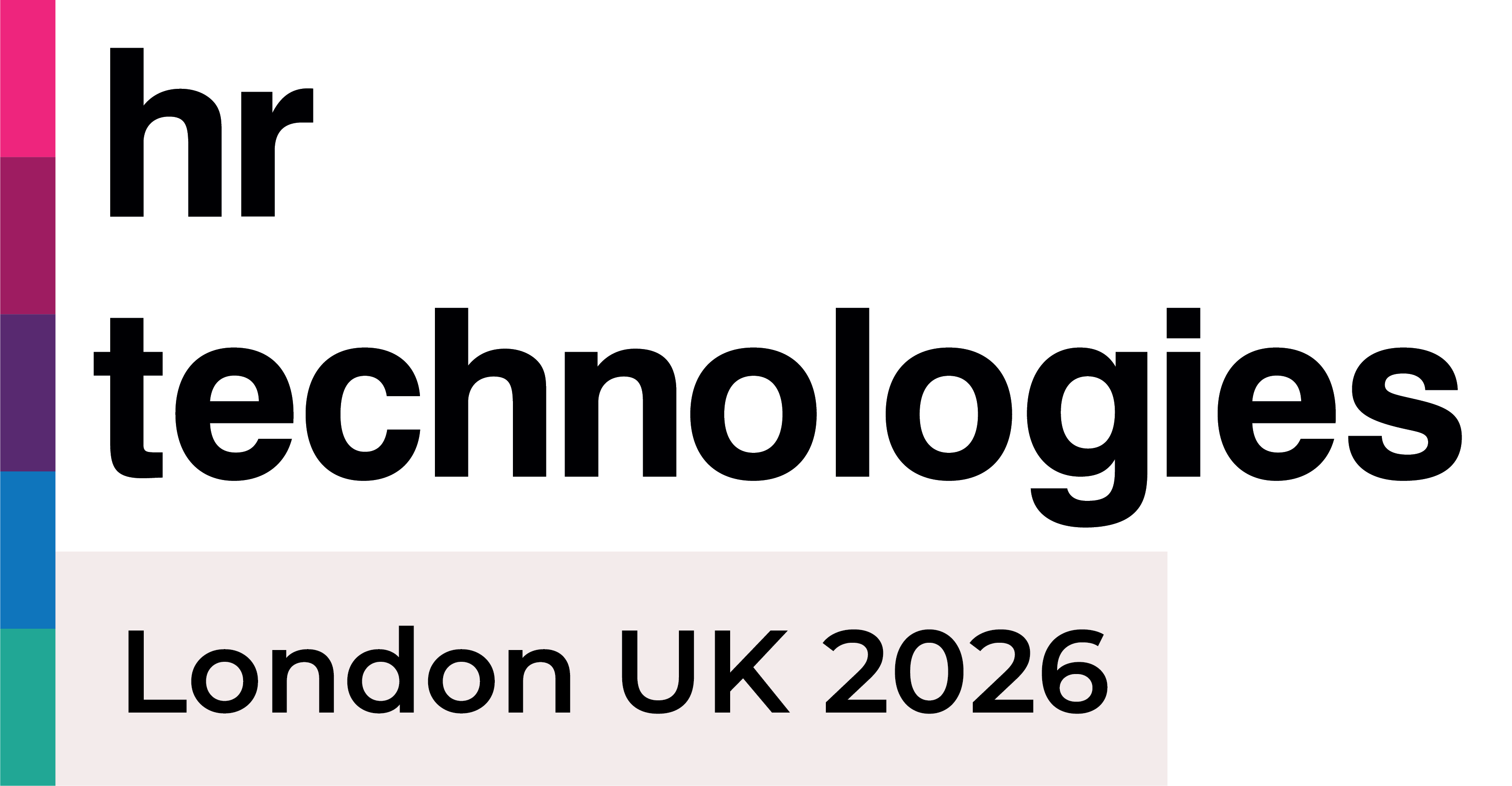Structuring Your Feedback Survey for Success

Companies who do so reportedly see employee engagement rates of 80%, and failing to collect this feedback risks damaging company culture.
But it’s one thing to decide to conduct a survey. It’s quite another knowing what to ask, and how to ask it.
There’s always a balance to be struck. You want a valuable amount of information, but you don’t want to overwhelm your team with dozens of questions. You want to understand your employees on a deeper level, but you don’t want to be invasive.
So how do you find the line?
Maximising Responses
Your survey will be unreliable if only a small proportion of your team participates. In fact, it’s those employees who are less likely to respond whose opinions are most valuable. So here are a few tips to make sure you get as many responses as possible:
- Incentive: You’ll be surprised how far an innocent bribe will go. It could be as small as a raffle entry to win a £50 Amazon voucher, but promising your team something in return for filling out the survey will not only motivate them to join in, but will let them know you truly value their responses.
- Anonymity: People will feel less inclined to share their more “honest” views of your company culture if they know their names are attached. Assuring them that the data is anonymous will leave them free to tell you how they really feel. Just be prepared for what they might say!
- Promise Change: Further than personal reward, a person will be hesitant to spend time completing your survey if they don’t believe any change will come from it. Let them know what your plan is to implement change following the results, and what they can expect in terms of timing.
Keep it Brief
Unfortunately, all of us are only human. We may have the best of intentions clicking that link to the feedback survey, but if we see ten pages of questions, many of which require written responses, we’ll duck back out pretty fast. That goes double if it falls on top of an already busy schedule.
To reduce the bloat of your survey, structure questions so that they’re multiple choice, with perhaps one or two optional written questions at the end for extra thoughts and feelings. This will also help with data collection and analysis.
Consider combining similar questions together. Let’s say you currently ask in separate questions how people feel about your business’ culture, mission, inclusion strategy, work-from-home policy, etc. Instead, you might group them all together and ask respondents to pick three areas where they feel the company is strong, and three where they think you could improve. This condenses your results whilst saving your team time.
Ask the Tough Stuff
Real change requires real honesty. Asking whether people enjoy your work socials might give you a nice statistic, but it doesn’t really give you anything to act on. Instead, ask if they feel your social events are inclusive enough. Ask if they feel obligated to attend for fear of it affecting their work life. The point is not to know exactly what to do immediately. Rather, if enough people raise a concern, you know that something needs to be done. From there, you can create a forum or a task force to address the issue.
Draw from the Past
Sharing the results of your surveys with your employees is a fantastic way not only to assure them change is being made, but to encourage future engagement. But, have you considered doing this within the survey itself?
When asking how respondents feel about progress being made, mention the results from the previous survey. For example, you could write, “Last year, 42% of respondents felt we could improve on inclusivity. Do you feel that, since then, we have?”
Phrasing the question this way demonstrates that you listen, and that such questions are more than a box-ticking exercise. This will cause respondents to think more about their answer, considering how the company compares to itself last year.
Conclusion
Employee feedback is a vital component of your company culture. We mentioned that businesses who regularly seek feedback from their staff see engagement rates of 80%. Those engaged employees are then 18% more productive and bring in 23% more profitability.
Using the above tips can ensure that the feedback you receive is accurate, comprehensive and valuable. With the information they provide, you can create change that will elevate the culture you offer to your team.
If you’re looking to employ a technological solution for your employee feedback surveys, make sure you come along to HR Technologies UK on the 17th & 18th of April 2024, where we’ll have a great selection of culture tech solutions for your perusal!
